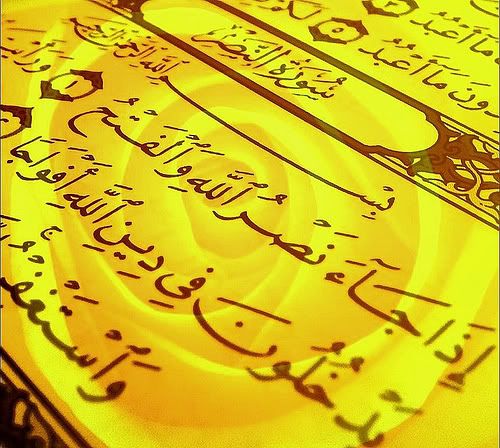Interestingly, for the millions of people enrolled in yoga classes, the Islamic form of prayer has provided Muslims for fourteen centuries with some of yoga’s same (and even superior) benefits. This simple form of “yoga” offers physical, mental, and spiritual benefits five times a day as Muslims assume certain positions while reciting Qur’an and athkar (remembrances).
If you’re interested, read further…
The Muslim prayer has five positions, and they all have a corresponding relationship with our spiritual and mental well being, according to modern scientific research.
The Takbir and Al Qiyyam (mountain pose in Yoga) - found to improve posture, balance, and self-awareness. Normalizes blood pressure, breathing, thus providing many benefits to asthma heart patients.
Placement of hands on the chest during the Qiyyam position - activates the nerve pathway, which directs our awareness of self in the world and controls the health of the muscular system, skin, intestines, liver, pancreas, gallbladder and eyes.
When the hands are held open for du’a, they activate the heart ; center of the feelings of love, harmony, and peace, and to control love and compassion. It also governs the health of the heart, lungs, thymus, immune system, and circulatory system.
When Muslims recite the Qur’an, old thoughts, feelings, fears and guilt are released or healed, and blood pressure and stress levels are reduced. Some specific sounds, in fact, correspond to major organs in the body. Vibrations made when pronouncing the long vowels, 'A', 'E' and 'U,' stimulated the heart, lungs, and the thyroid, pineal, pituitary, and adrenal glands.

The position of Ruku (forward bend) stretches the muscles of the lower back, thighs, legs and calves, and allows blood to be pumped down into the upper torso. It tones the muscles of the stomach, abdomen, and kidneys. Forming a right angle allows the stomach muscles to develop, and prevents flabbiness in the mid-section.
It also promotes a greater flow of blood into the upper regions of body – particularly to the head, eyes, ears, nose, brain, and lungs – allowing mental toxins to be released.
The Sujud - activates the person’s spiritual connection with the universe around them and their enthusiasm for spiritual pursuits. This nerve pathway is also correlated to the health of the brain, nervous system, and pineal gland. Controls basic human survival instincts and provides essential grounding. This helps to develop levelheaded and positive thinking along with a highly motivated view of life, and maintains the health of the lymph and skeletal systems, the prostate, bladder, and the adrenal glands.
The position of Al Qaadah) -(Thunderbolt Pose in yoga), which firms the toes, knees, thighs, and legs. good for those prone to excessive sleep, and those who like to keep long hours. Furthermore, this position assists in speedy digestion, aids the detoxification of the liver, and stimulates peristaltic action in the large intestine.
Last, but not least, the by turning the head towards first the right and then the left shoulder in the closing of the prayer - This nerve path is linked to the throat, neck, arms, hands, bronchials, and hearing – effecting individual creativity and communication.




superb post!
thnx for comment k.
:P
tumpang lalu....hehe...
b my follower kayh!!
tumpang lalu...
b my follower k!! =)
ok.
tp b my follower too.
what a load of crap!!!!